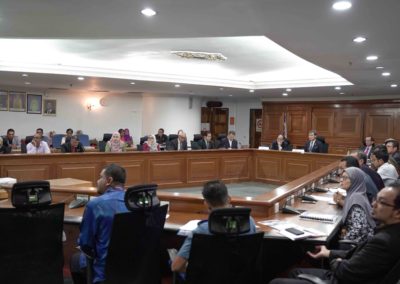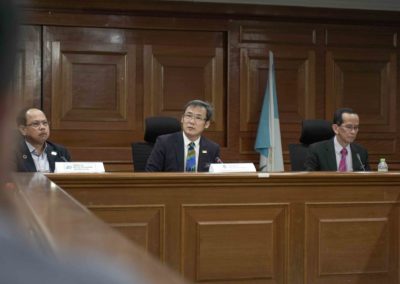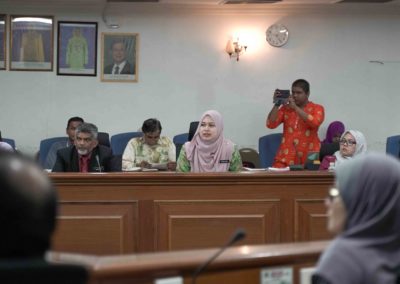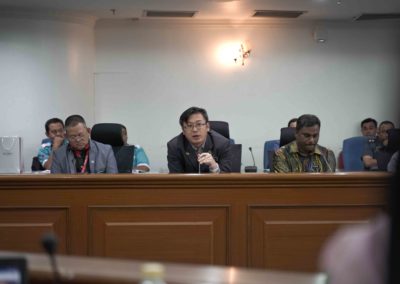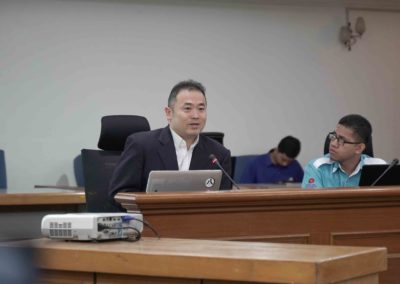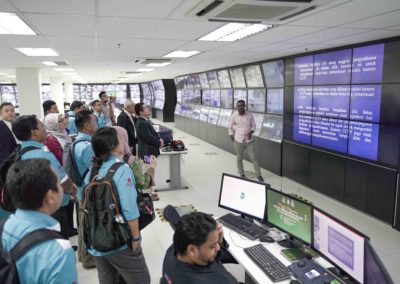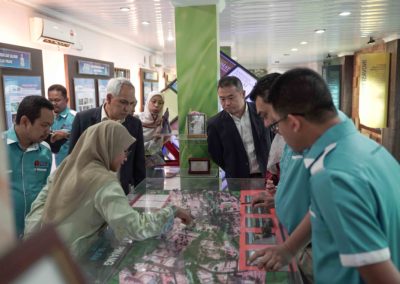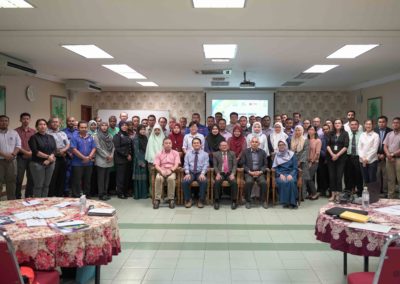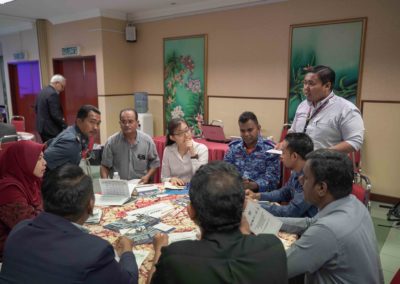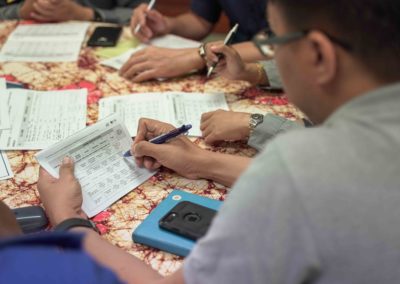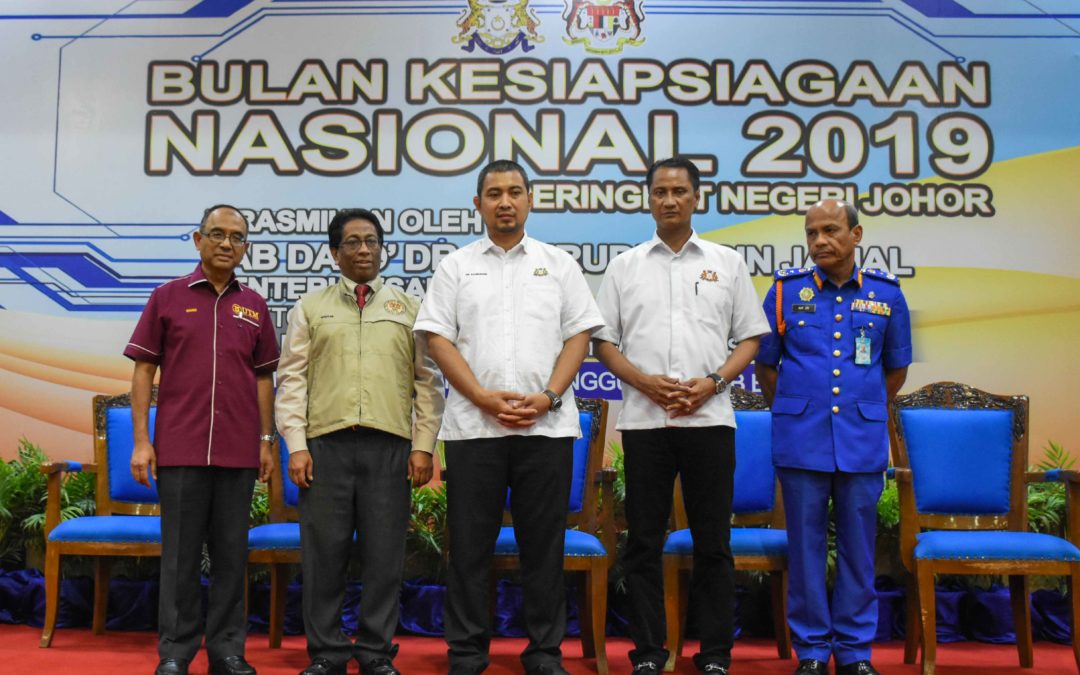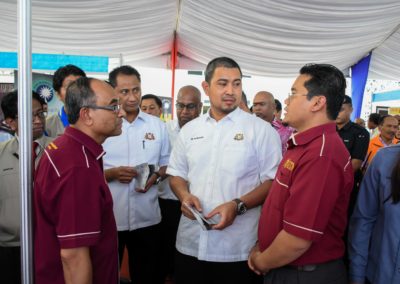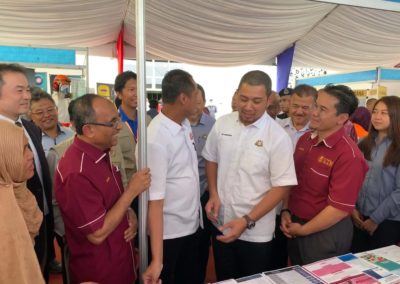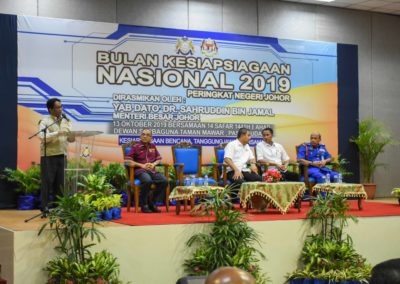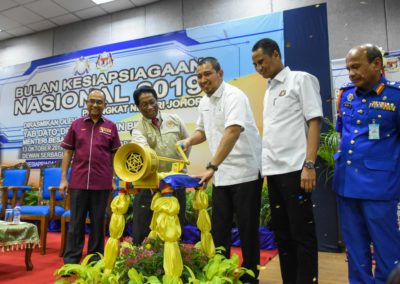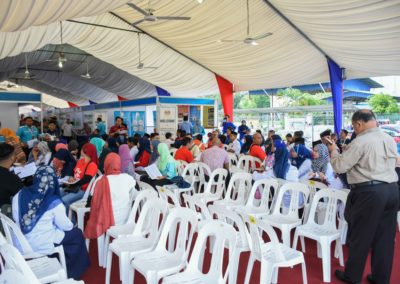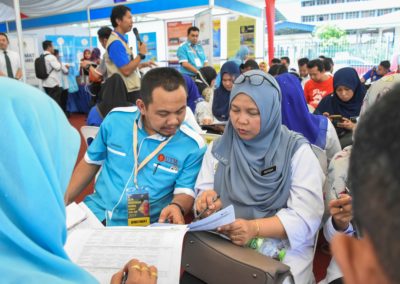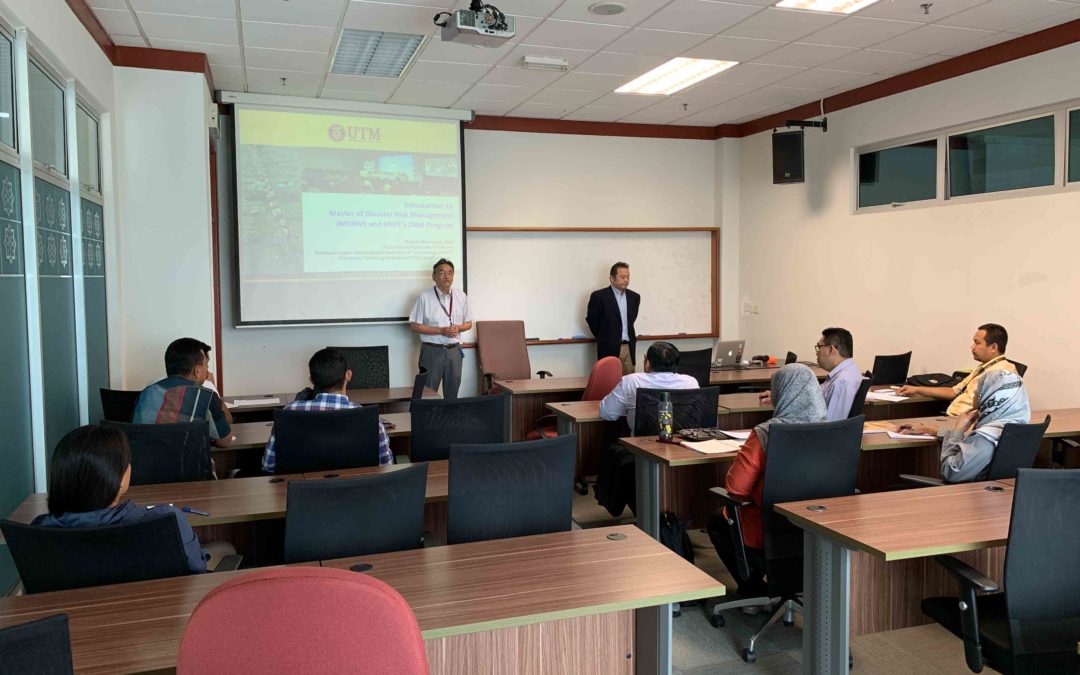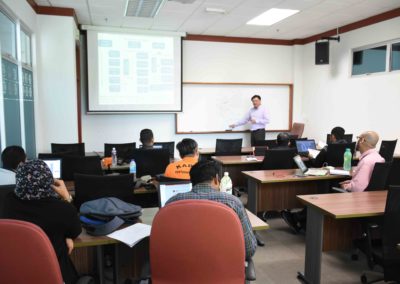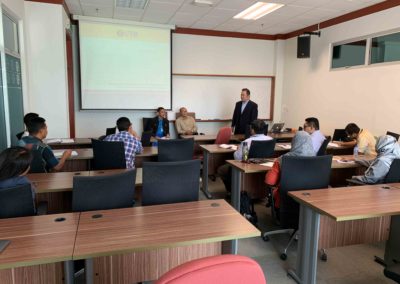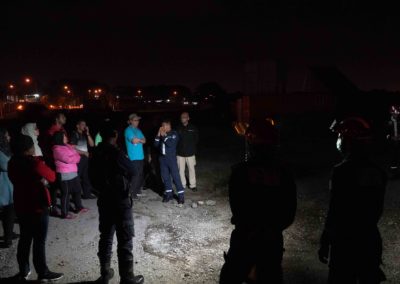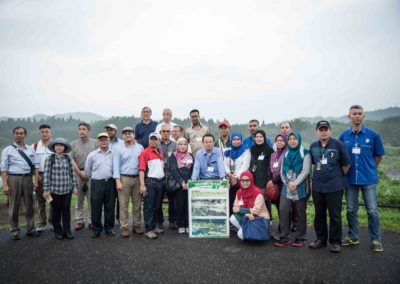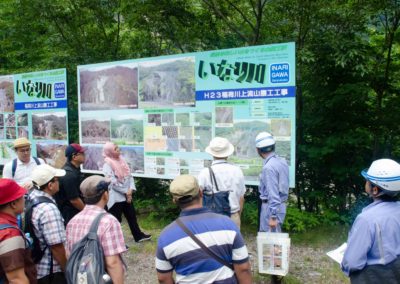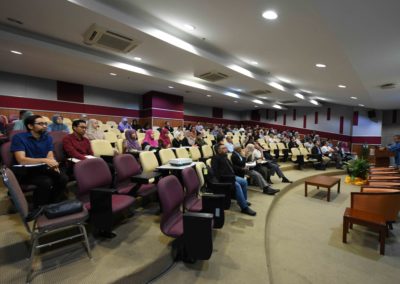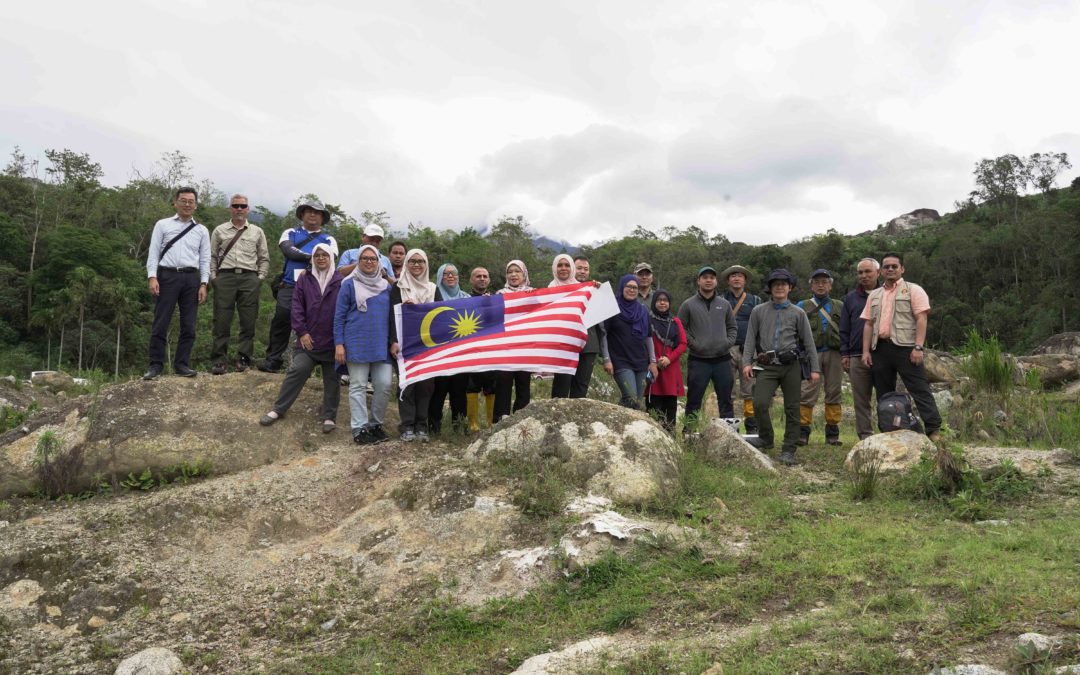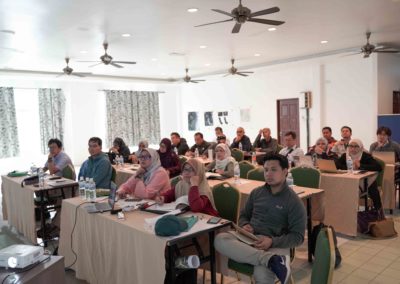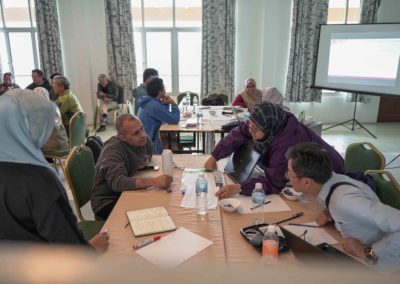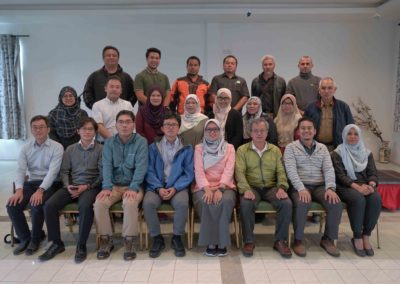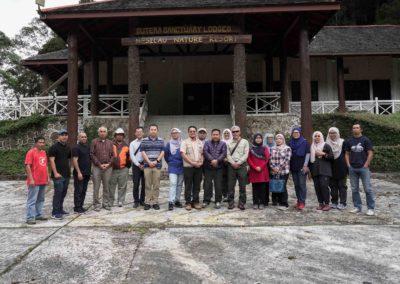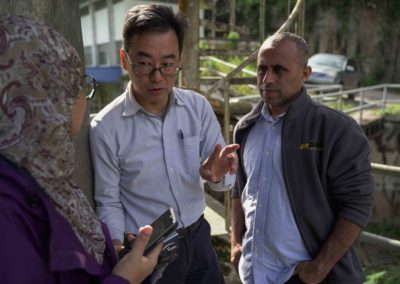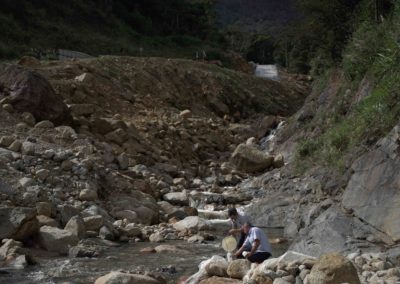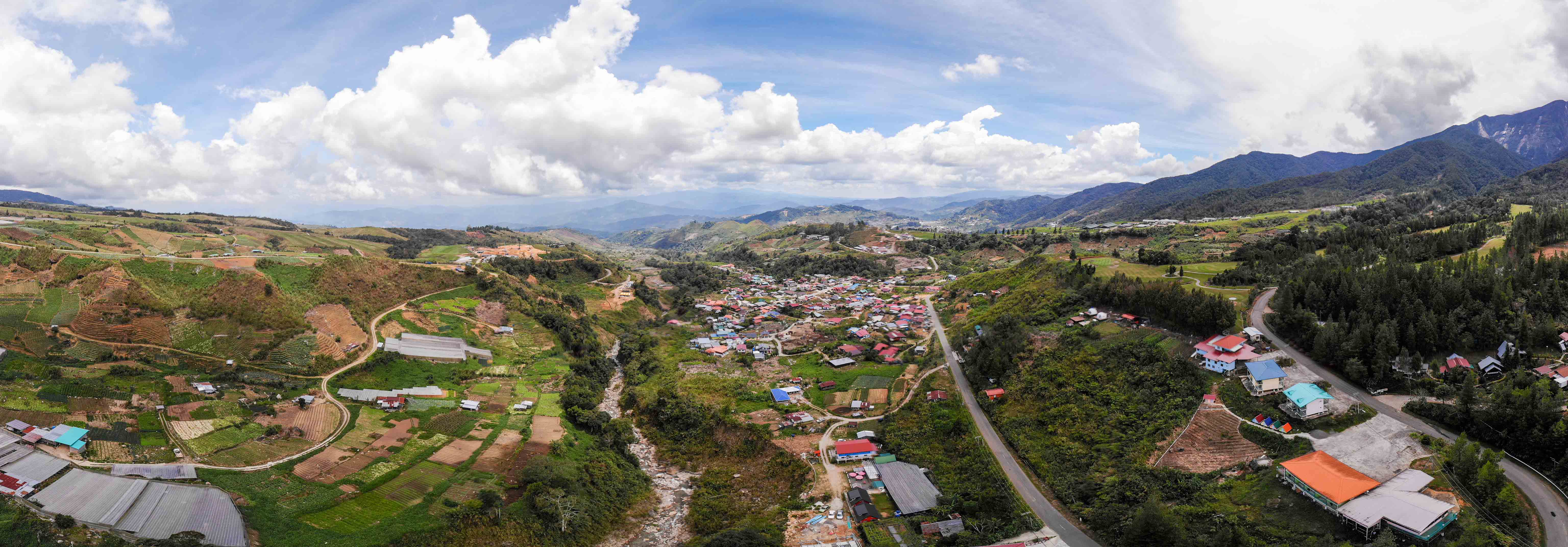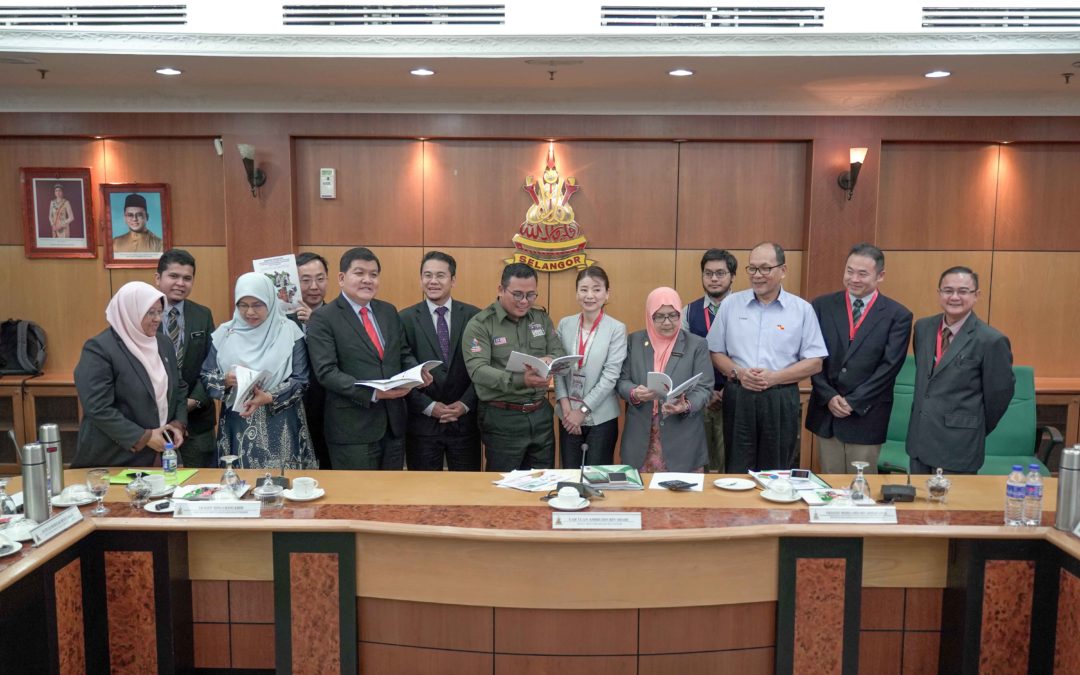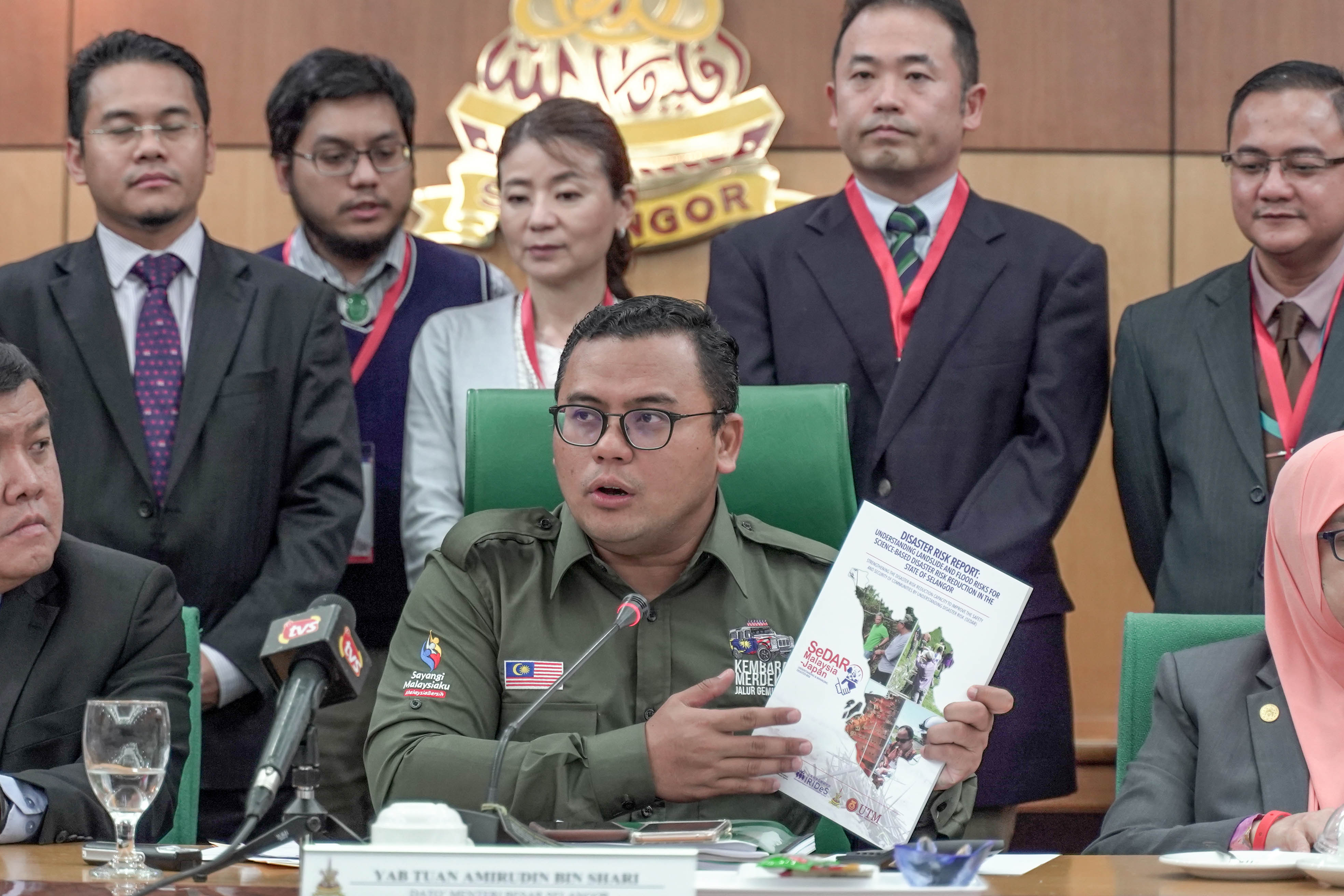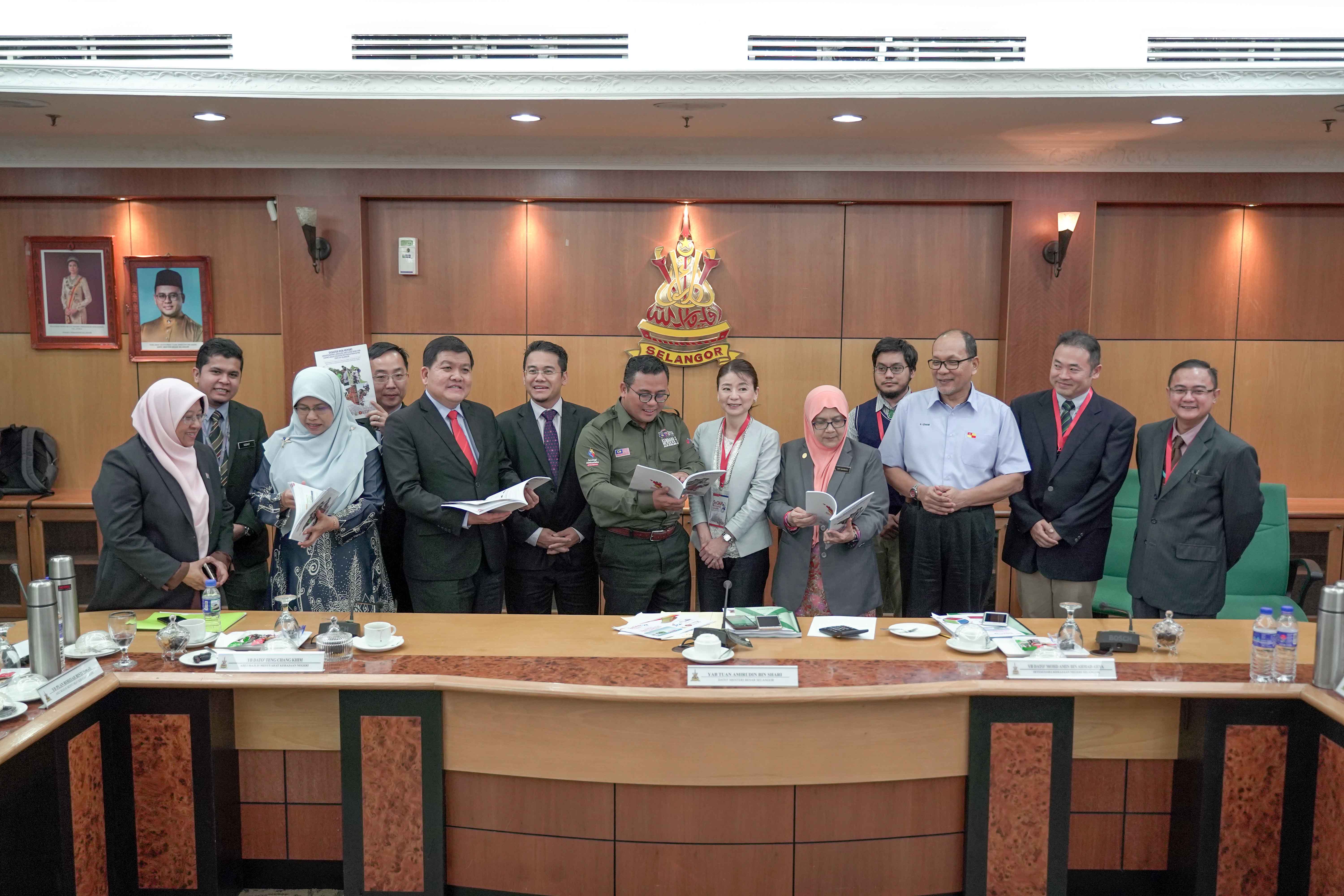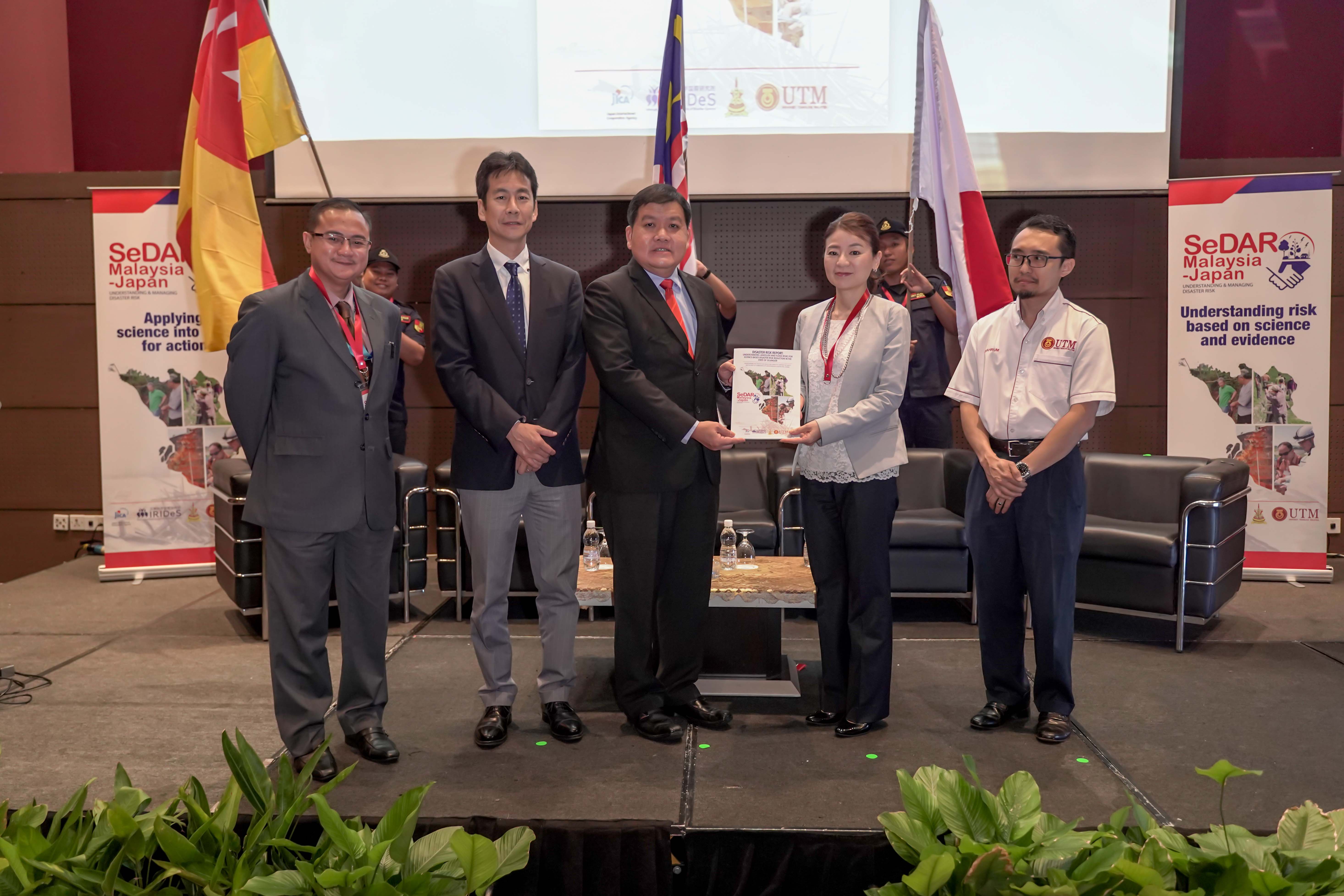
Integrated Flood Hazard Map Workshop with City Council of Penang and Department of Irrigation & Drainage
During 14-15 November, series of coordination meeting, workshop and field visits related to Integrated Flood Hazard Map and Water-related Disaster Risk Reduction and Management (DRRM) was organized by MJIIT’s Disaster Program (DPPC), Penang Island City Council (MBPP) and Department of Irrigation & Drainage (DID). This program was implemented as part of MMJD1133 Control Measures and Mitigation Planning (https://mjiit.utm.my/dppc/2019/11/21/control-measures-and-mitigation-planning-2/) course of the MDRM Program.
Hosted by Mayor Yew Tung Seang and City Secretary Addnan Mohd Razali, chaired by Dato’ Ir. Sabri bin Abdul Mulok, Deputy Director General (Specialist Sector) of DID, key DRRM stakeholders in Penang gathered to discuss the way forward to cope better with increasing and unprecedented natural hazards experienced in recent years.
Three presentations were given by UTM on “Integrated Flood Hazard Map for Water Related Disaster in Strengthening Urban Resilience in Georgetown, Penang” by Ms. Haslinda Mohamad Hamran, DID officer and MDRM student, “Mainstreaming Disaster Risk Reduction (DRR) into Development Planning & Investment” by Dr. Khamarrul Azahari Razak, Senior Lecturer and DPPC member, UTM and “Hazard Risk Maps and Issues in Risk Communication: Experiences from Japan” by Dr. Shohei Matsuura, JICA Expert. These presentations were followed by a presentation on “Flood and Landslide Management in Penang” by MBPP’s technical officer.
The coordination meeting was followed by site visits related to flood control such as MBPP CCTV Control Centre, Pinang River Information Center and inundation area in Pinang River and coastal flood control pond (S18). During the visit, some of the technical background information was provided by Dr. Faizah Che Ros, Senior Lecturer and DPPC fellow.
On the second day, a workshop that invited over 60 participants from the local governmental departments was held to implement the Climate and Disaster Resilience Initiative (CDRI). The CDRI exercise was facilitated by the MDRM students with intensions to get them exposed to working with various DRRM stakeholders. The results from CDRI will be compiled, analyzed and presented to the workshop participants to further discuss the way forward to further strengthen the coping mechanisms of the local government and communities towards future flood disasters.
